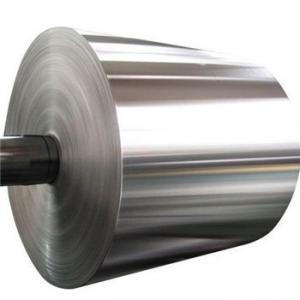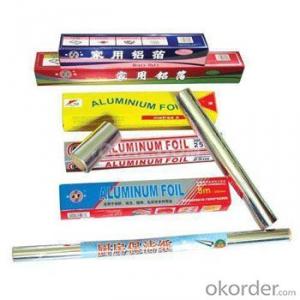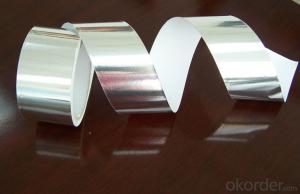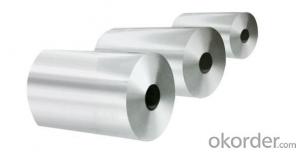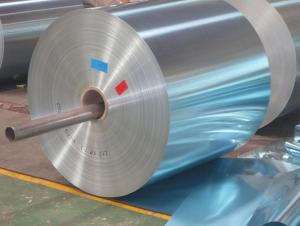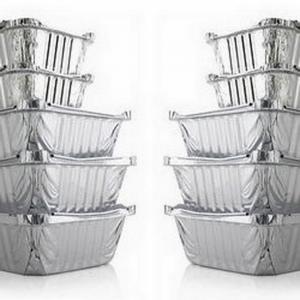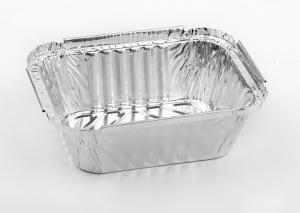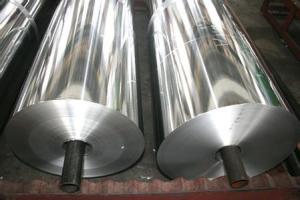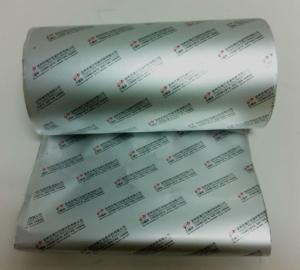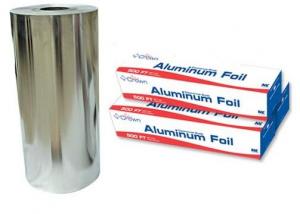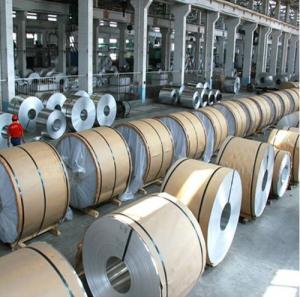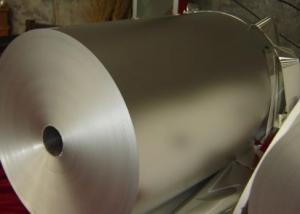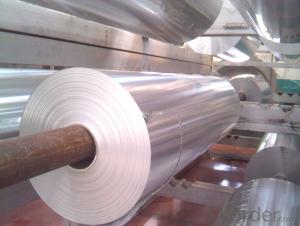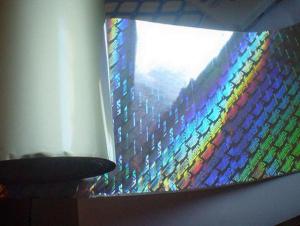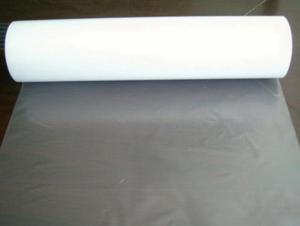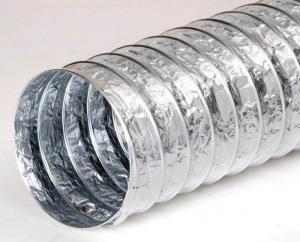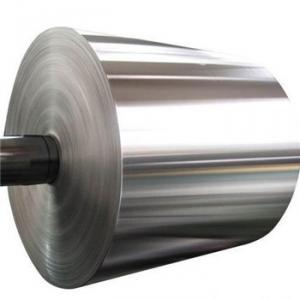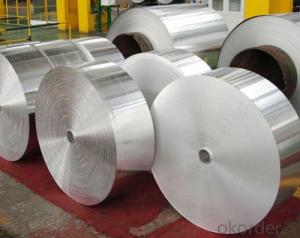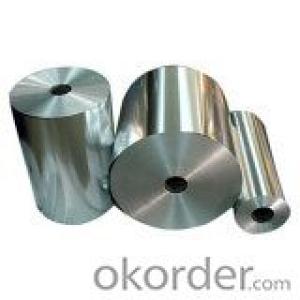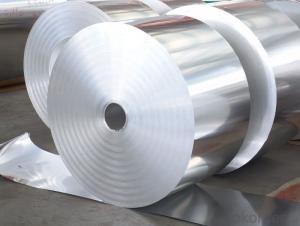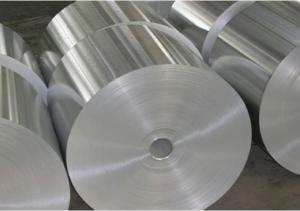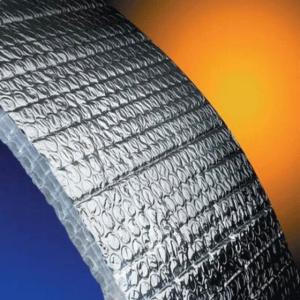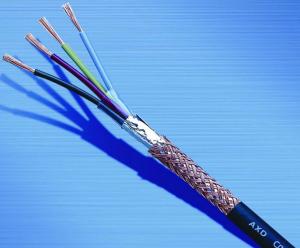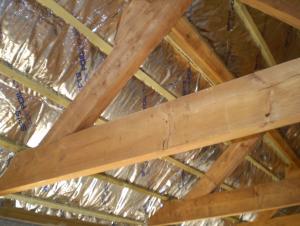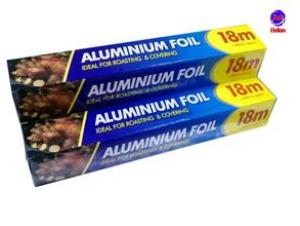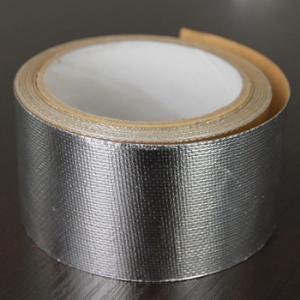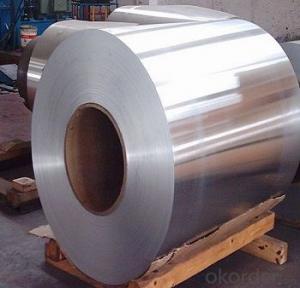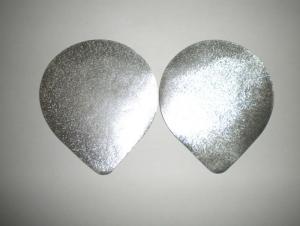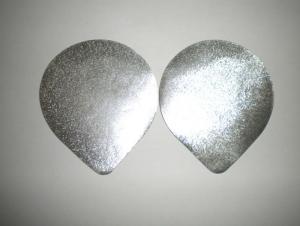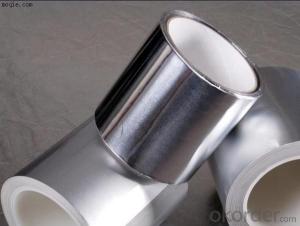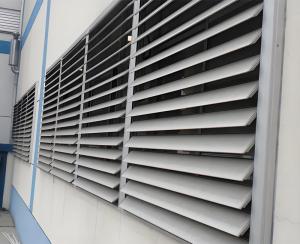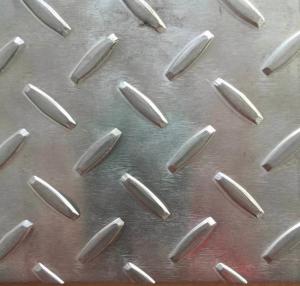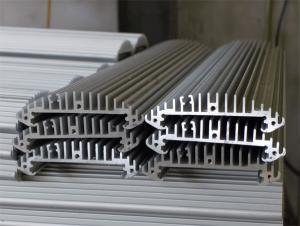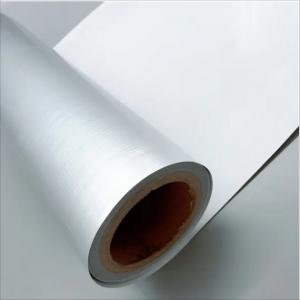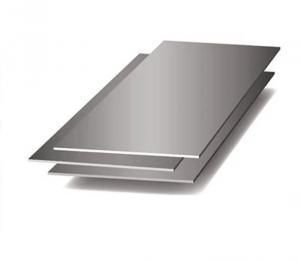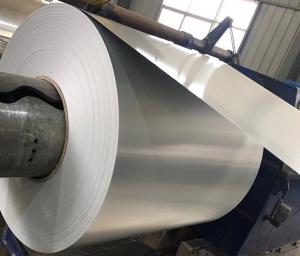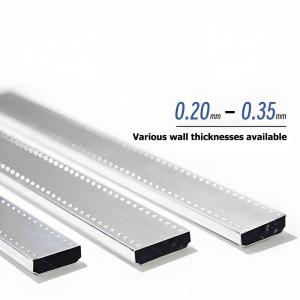Aluminum Foil 18
Aluminum Foil 18 Related Searches
18 Aluminum Foil Aluminum Foil 18 Inch 18 Inch Aluminum Foil Heavy Duty Aluminum Foil 18 18 Wide Aluminum Foil 18 In Aluminum Foil 18 Heavy Duty Aluminum Foil 18 Inch Wide Aluminum Foil Aluminum Foil 18 X 1000 18 X 1000 Aluminum Foil Aluminum Foil 18 X 500 18 X 500 Aluminum Foil 1.8 Micron Aluminum Foil Foil Aluminum 24 Aluminum Foil 18 Gauge Aluminum Sheet Aluminum Foil 24 Aluminum Foil Foam Aluminum Paper Foil 18 X 18 Aluminum Plate Aluminum Foil Coated Polished Aluminum Foil Broil Aluminum Foil 24 Inch Aluminum Foil Commercial Aluminum Foil Grease Aluminum Foil 38 Gauge Aluminum Foil Aluminum Foil Thick Aluminum Composite Foil Al Aluminum FoilAluminum Foil 18 Supplier & Manufacturer from China
Aluminum Foil 18 is a versatile product that encompasses a range of aluminum foils with thicknesses ranging from 0.006mm to 0.018mm. These foils are widely used in various industries such as food packaging, pharmaceuticals, and cosmetics due to their excellent barrier properties, light weight, and cost-effectiveness. The product is known for its ability to preserve freshness, protect against moisture, and provide a shiny, aesthetically pleasing appearance to packaged goods.In everyday life, Aluminum Foil 18 can be found in numerous applications, from wrapping food items to protect them from air and bacteria, to lining baking sheets for easy cleanup and even heat distribution. It is also used in the pharmaceutical industry for blister packaging, ensuring that medications are kept in optimal conditions until they reach the consumer. Additionally, in the cosmetics industry, Aluminum Foil 18 is utilized for packaging products such as creams, lotions, and powders, providing a barrier against external contaminants and preserving the product's integrity.
Okorder.com is a leading wholesale supplier of Aluminum Foil 18, boasting a large inventory that caters to the diverse needs of various industries. By offering a comprehensive selection of aluminum foil products, Okorder.com ensures that customers can find the exact specifications they require for their applications. With a commitment to quality and customer satisfaction, Okorder.com has established itself as a reliable source for businesses seeking to purchase Aluminum Foil 18 in bulk quantities.
